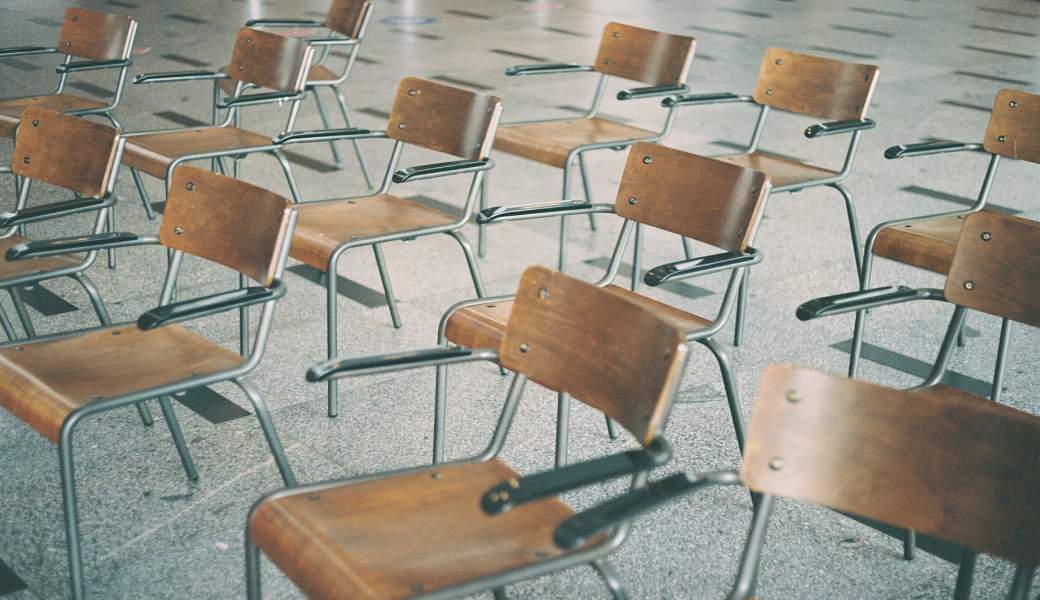In the wake of rising concerns over school safety, educational institutions are turning to technology to provide smarter, faster, and more reliable methods of threat detection. One of the most impactful innovations in this space is the use of gun detection systems for schools—a set of AI-powered tools designed to identify weapons before a shot is ever fired.
These systems are proving to be not only preventative in nature but also critical in reducing response time and ensuring a coordinated approach to campus security.
Understanding Gun Detection Systems for Schools
At their core, gun detection systems for schools combine high-definition surveillance cameras with artificial intelligence to scan for and identify firearms in real time. Unlike metal detectors or manual bag checks, which can be intrusive and time-consuming, AI-driven solutions work passively and continuously, monitoring hallways, classrooms, and entry points without disrupting the flow of student activity. Providers like Coram offer integrated systems that seamlessly combine firearm detection with real-time alerts, helping school administrators respond swiftly to potential threats.
These systems can:
- Detect visible firearms in video feeds with near-instant accuracy
- Automatically alert school security or local authorities
- Trigger lockdown procedures or door locking mechanisms
- Provide visual and analytical context to first responders
Such real-time identification and escalation are crucial in minimizing casualties and chaos during an active shooter event.
Why Traditional Measures Fall Short
Conventional school security measures—like campus resource officers, metal detectors, and locked doors—serve an important function but often lack the capability for early detection. They typically rely on human perception or reactive protocols.
AI-powered gun detection systems for schools, however, shift the paradigm to proactive prevention. These systems don’t wait for someone to spot a threat; they monitor continuously and act instantly when a weapon is detected.
This proactive approach is especially vital in larger campuses, where a delay of even a few seconds in identifying a threat can mean the difference between safety and tragedy.
Real-Time Response and Integration with Campus Systems
One of the biggest advantages of modern gun detection systems for schools is their seamless integration with existing security infrastructure. Many schools already have IP-based surveillance systems in place. By adding AI-powered detection to these feeds, campuses can greatly enhance their situational awareness without investing in entirely new hardware.
These systems can also work in tandem with:
- Access control panels to automatically lock or unlock doors
- PA systems for live announcements or alarms
- Emergency communication tools like SMS and app-based alerts
Some advanced systems even offer heat mapping, suspect tracking, and facial recognition to identify persons of interest.
Case Studies: Prevention in Action
In several pilot programs across U.S. school districts, AI gun detection systems have already demonstrated their effectiveness. For instance:
- A Texas high school using visual weapon detection AI identified a student brandishing a handgun in a parking lot before the student could enter the building. A lockdown was immediately triggered, and local authorities detained the suspect without incident.
- In Florida, a district-wide deployment of AI detection tech resulted in over 15 incidents of early intervention, including cases where weapons were found in backpacks during arrival times.
These examples underscore how critical seconds can be in preventing escalation and ensuring the safety of students and staff.
Challenges and Considerations
While the benefits are clear, there are still considerations schools must take into account:
- False Positives: AI is not infallible. Training models on diverse image sets and continuously updating detection algorithms is key to minimizing false alerts.
- Privacy Concerns: Any system that involves surveillance or facial recognition must comply with privacy laws like FERPA and state-level regulations.
- Cost and Funding: While prices for AI surveillance have dropped in recent years, cost remains a barrier for smaller districts. However, federal and state grants are increasingly available for school safety upgrades.
Choosing the Right Solution
When evaluating gun detection systems for schools, administrators should consider:
- NDAA compliance and data sovereignty
- Real-time alert capabilities
- Integration with existing security hardware
- AI performance in various lighting and crowd conditions
- Vendor support and system scalability
Solutions that meet these benchmarks will offer the most effective and future-proof protection.
FAQs
Q1. How accurate are AI-powered gun detection systems?
Most systems boast over 90% accuracy under optimal conditions, but accuracy depends on camera quality and environmental factors. Ongoing AI training improves reliability over time.
Q2. Can these systems differentiate between real and replica weapons?
Some advanced models can distinguish based on material, shape, and behavior context, but there’s always a margin of error. Systems typically alert staff to investigate suspicious items.
Q3. Are these systems expensive?
Costs vary by vendor and size of deployment. Many schools offset costs through government funding or public safety grants.
Q4. How do these systems protect student privacy?
When properly configured, these systems avoid capturing unnecessary personal data. Schools can implement strict data retention and access protocols to stay compliant with privacy laws.
Conclusion
As schools face growing threats, they need smarter tools to safeguard their students and staff. Gun detection systems for schools represent a critical advancement in campus security—offering real-time alerts, AI-driven analysis, and seamless integration with broader emergency response protocols.
By choosing the right solution and committing to responsible implementation, educational institutions can take a significant step toward preventing tragedy and fostering a safer learning environment for everyone.
